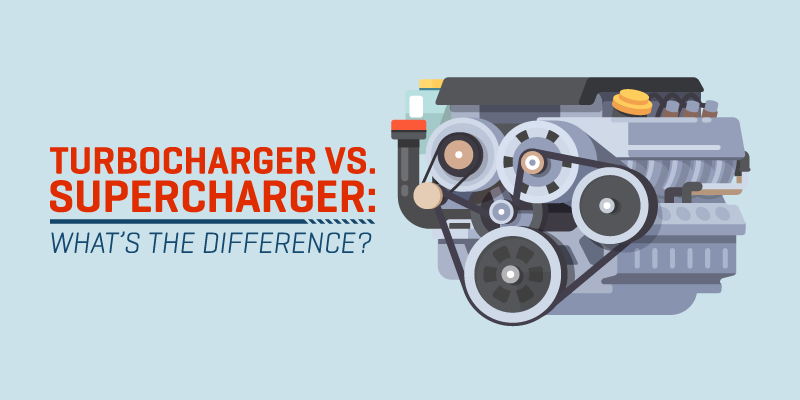For every car owner, the performance of their car’s engine is an essential aspect of their vehicle. Speed along with power are both an exciting feature that a car enthusiast looks for. As the demand for improved performance of engines rises, automakers equipped new cars and trucks with turbocharged engines.
Back in the 1990s, the turbo technology presented challenges when turbocharger was equipped in a mass-market automobile. At that time, the unreasonably high price, impracticality, and complexity of the turbo took it out of the majority’s approval. The engine went through a lot of improvements until turbochargers have undergone a considerable transformation from power to greater efficiency.
There are currently car manufacturers that offer vehicles equipped with a turbo engine. Today, turbocharged engines are popular as people prefer a much faster and powerful ride. Although turbocharging has been around for more than a century, it has specific improvements that are no longer only for performance cars; even sedans are now equipped with a turbocharged engine.
A turbo works through forced induction, and aside from turbos, there is another device called supercharger that functions through forced induction. Forced induction forces more air into the engine, allowing it to run more efficiently and make more power. It is an air pump pushing extra oxygen into the engine as needed so it can burn more fuel to produce more power.
Both turbochargers and superchargers are designed to push air into the engine’s cylinders; however, the difference between the two devices is how each of them is powered. Unlike turbochargers that are powered by the mass-flow of exhaust gases driving a turbine, superchargers are powered mechanically by belt-or-chain drive form the engine’s crankshaft.
In the auto industry, turbochargers and supercharges are often regarded as the same. However, there are differences between the two of them, and it is important for a car owner to know how they differ to decide what is better for his or her vehicle.
To learn more about the difference between turbocharger and supercharger, click this infographic from Pure Diesel Power.
Associated with the use of cars are dirt, rust and fuel contaminants that can affect the efficiency of the engine. To avoid expensive repairs, consider purchasing Diesel Fuel Filters and Cummins Parts for the maximum efficiency of your vehicle.

